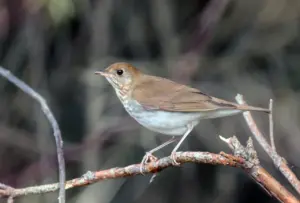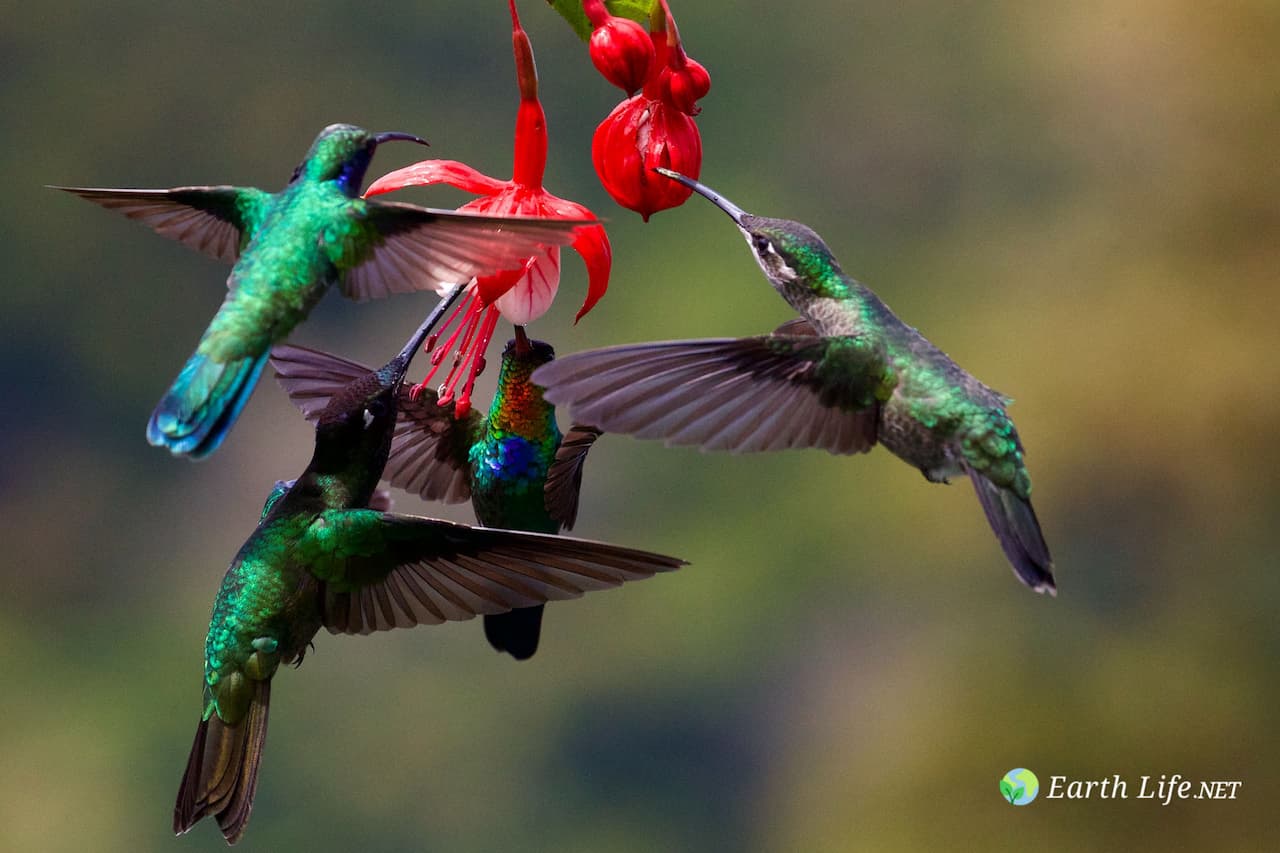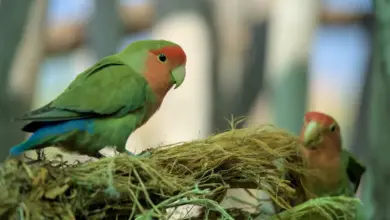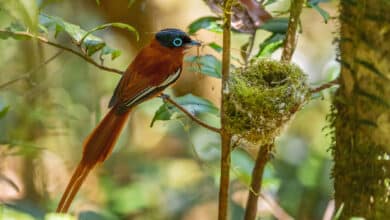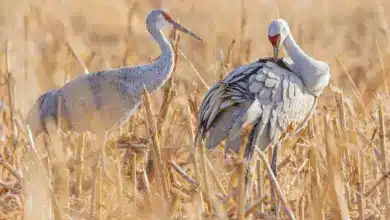Veery Thrushes
Veery Thrush (Catharus fuscescens)
The Veery Thrushes, Catharus fuscescens, is a small thrush species. It is occasionally called Willow Thrush or Wilson’s Thrush. This species is 16-18 cm in length, and has the white-dark-white underwing pattern characteristic of Catharus thrushes. It is a member of a close-knit group of migrant species which also includes the cryptotaxa Gray-cheeked Thrush and Bicknell’s Thrush (Winker and Pruett, 2006).
Adults are mainly light brown on the upperparts. The underparts are white; the breast is lighter brown with dark spots. They have pink legs; their eye ring is indistinct. Birds in the east are more cinnamon on the upperparts; western birds are more olive-brown.
Their breeding habitat is humid deciduous across southern Canada and the northern United States. They make a cup nest on the ground or near the base of a shrub.
These birds migrate to eastern South America. They are very rare vagrants to western Europe.
They forage on the forest floor, flipping leaves to uncover insects; they may fly up to catch insects in flight. They mainly eat insects and berries.
This bird has a breezy downward-spiralling flute-like song, often heard from a low but concealed location. The most common call is a “vee-er”, which gave this bird its name.
This bird has been displaced in some parts of its range by the Wood Thrush. They also suffered occasionally from brood parasitism by Brown-headed Cowbirds.

